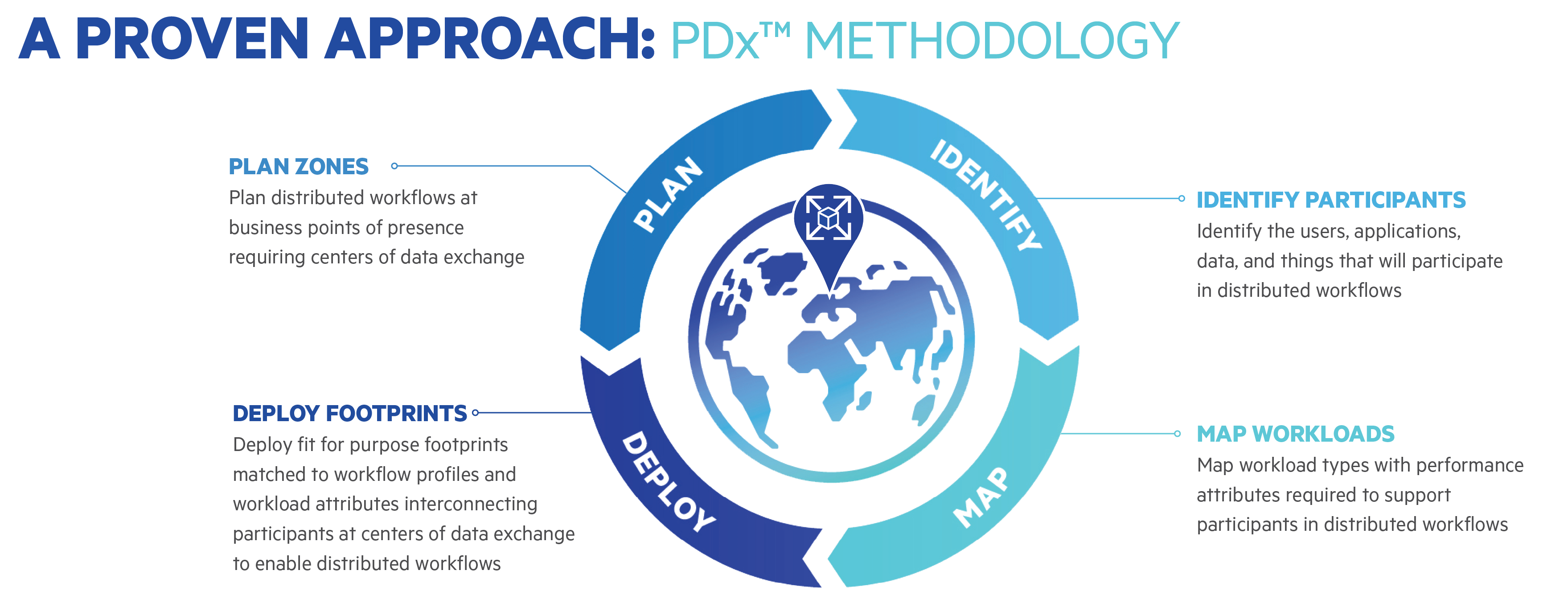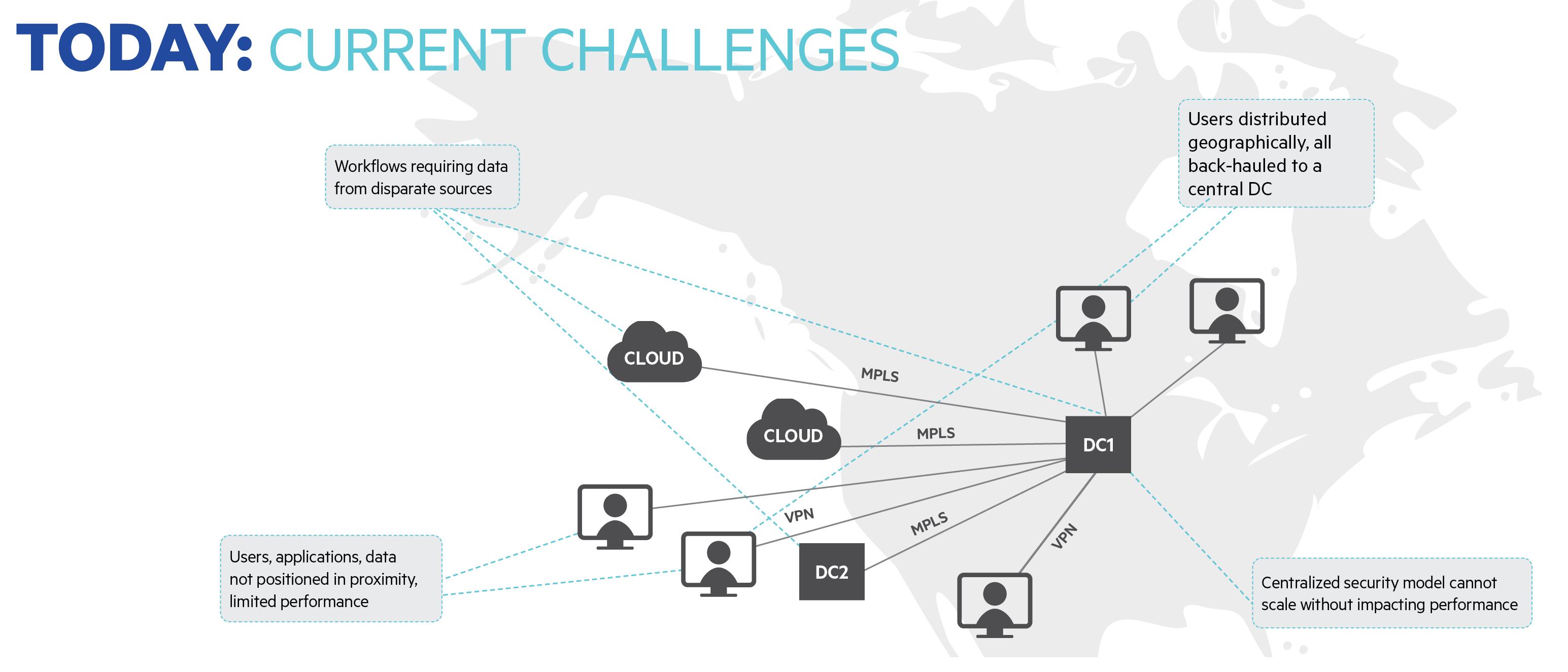What is Digital Workplace Transformation?
 Today’s IT architects, business strategists, technology leaders, and other critical team members know about the digital workplace, the acceleration of digital transformation, and the impact on their IT infrastructure. Now, they need to know what can be done about it because the changes resulting from the digital workplace are here to stay.
Today’s IT architects, business strategists, technology leaders, and other critical team members know about the digital workplace, the acceleration of digital transformation, and the impact on their IT infrastructure. Now, they need to know what can be done about it because the changes resulting from the digital workplace are here to stay.
For example, Gartner found that 74% of CFOs intend to shift some employees to remote work permanently.
You have to look at your IT infrastructure as being ready for anything – especially change. Due the accelerated rate of change this year, enterprises have learned they shouldn’t have waited to address the alterations created by digital transformation and data gravity.
However, there is good news.
Ensuring you are ready for any change is achievable, and it doesn’t have to require high costs, prolonged timelines, or unnecessary headaches. You can seamlessly transform your IT infrastructure to make digital transformation work for your workplace and not against it.
The better news is that you can start your transformation right now.
Today’s digital workplace has to be designed around the concept of always-on ubiquitous work that is powered by performant IT. To achieve this, you need to set the context, apply the methodology, and design the solution. First, let’s set the context.
![What is Digital Workplace Transformation? 1]() In today’s infrastructures, we see:
In today’s infrastructures, we see:
- An increased usage that results in compute-bound performance bottlenecks
- A backhauling of the user to centralized systems – resulting in network-bound performance bottlenecks
- An unpredictable routing of users across the internet – negatively impacting the quality of experience
- A centralized security enforcement via backhaul that doesn’t address distributed vulnerability points
This architecture design cannot address the performance, scalability, or security issues outlined in this list. So, what does it look like tomorrow (after we create an infrastructure that is optimized for the digital workplace)?
![What is Digital Workplace Transformation? 2]() In the Digital Workplace Transformation Infrastructure, we see:
In the Digital Workplace Transformation Infrastructure, we see:
- Hubs placed at business points of presence, where there are identified participants and centers of data exchange
- Users connecting to hubs that are regionally located in proximity to them and equipped with localized data/applications to support a performant user experience
- Security controls at the edge that reduce performance barriers while providing true end-to-end security and telemetry
Now, let’s determine the methodology and provide the design.
 To help enterprises achieve an optimized IT infrastructure for the digital workplace, we’ve developed a Design Guide for a Pervasive Data Center Architecture (PDx™). It provides a methodology and repeatable strategy to enable your digital workplace by explaining how to:
To help enterprises achieve an optimized IT infrastructure for the digital workplace, we’ve developed a Design Guide for a Pervasive Data Center Architecture (PDx™). It provides a methodology and repeatable strategy to enable your digital workplace by explaining how to:
- Plan distributed workflows where your customers/partners/employees engage
- Identify users, apps, data, and things that will participate in distributed workflows
- Map workload types with performance attributes to ensure a performant quality of experience
- Deploy fit-for-purpose footprints to support your digital workplace
The digital workplace doesn’t have to put the survivability of an enterprise at high risk. With the right approach to an optimized infrastructure, it can mean the difference between keeping a business on life support or thriving in the new digital economy.
This guide helps IT architects, business strategists, technology leaders, and other critical team members succeed in today’s digital economy.
You can download the full design guide here to begin your transformation from the IT architecture of today to the digitally transformed architecture of tomorrow.
[To share your insights with us, please write to sghosh@martechseries.com]

 In today’s infrastructures, we see:
In today’s infrastructures, we see: In the Digital Workplace Transformation Infrastructure, we see:
In the Digital Workplace Transformation Infrastructure, we see:
Comments are closed.